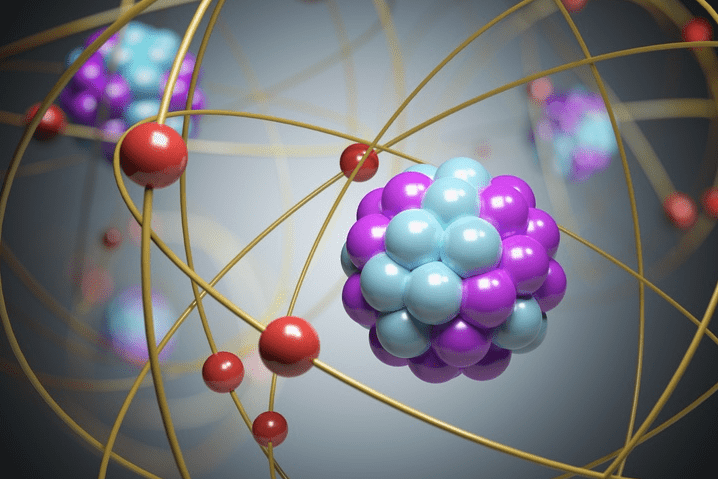A fusion protein is a protein composed of several domains (parts) that are encoded by separate genes and have been joined so that they are transcribed and translated as a single unit, producing a single polypeptide maintaining functional properties of each original protein. Fusion proteins can be created “in vivo” and “in vitro” by using recombinant DNA techniques for use in biological research or therapeutics. Fusion proteins occur naturally and commonly in cancer cells, where they may function as oncoproteins having different functions or physico-chemical patterns.
GST-fusion protein is a protein composed of naturally occurring GST (glutathione S-transferase) tag (~220 amino acids) and the protein of interest. The DNA coding sequence of GST protein is fused to the one of the protein of interest. Hence, they will be expressed as a fusion protein. GST has an affinity for glutathione (GSH) rendering it an efficient technique for conventional protein purification methods such as Glutathione Affinity chromatography and immunoprecipitation, where for the latter magnetic beads coated with GST-fusion protein are used for protein purification.
Principles of GST-fusion protein in chromatography and immunoprecipitation
In chromatography, a column is filled with GSH. The protein of interest is expressed in the same plasmid as GST, creating a protein-GST fusion protein. Cells expressing the GST fusion protein are lysed and purified on the GSH column. The protein-GST fusion binds the GSH in the column. The complex is then eluted by adding an excess of glutathione, which out-competes the bound glutathione and fills the GST binding site resulting in release from the column. This is similar to the popular “His tag.”
In immunoprecipitation, magnetic beads coated with GST-fusion protein are added to the protein mixture; as a result, the protein of interest attached to the GST will stick to the beads, isolating the protein from the rest of those in solution. Anti-GST antibodies are used to bind protein-GST fusion in solution. The beads are recovered and washed with free GSH to detach the protein of interest from the beads, resulting in a purified protein. This technique can be used to elucidate direct protein–protein interactions and has many available kits that use magnetic beads as a separation method.
Application of GST-fusion protein
One common use for tagged proteins is the co-immunoprecipitation assay, which is used to identify protein-protein interactions. If a researcher suspects that proteins X and Y bind with each other, she can test her theory by creating a recombinant GST fusion protein X and incubating it with protein Y under physiological conditions. Then, the GST fusion protein X is recovered easily by magnetic beads coated.
Magnetic beads can be incorporated into this assay to eliminate the column and the centrifuge in favor of biomagnetic separation. After washing the recovered GST fusion protein X, the researcher utilizes SDS-page to determine if protein Y was conjugated to the isolated GST fusion protein X. This provides insight into the interactions between protein X and protein Y.
Related news





